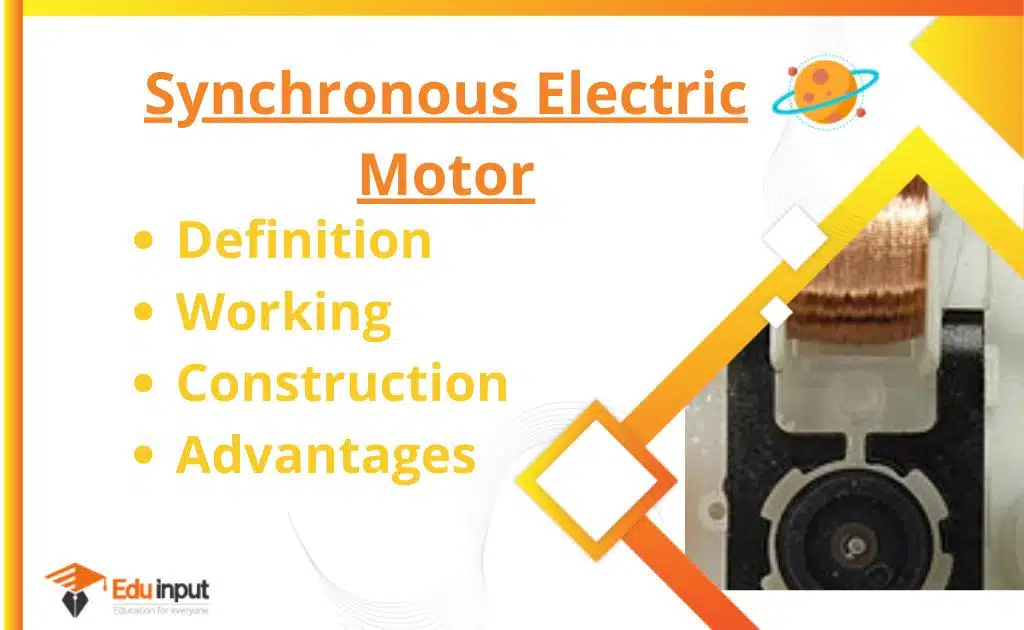Mutual Induction-Definition, Example, And Formula
The phenomenon in which a changing current in one coil induces an emf in another coil is called Mutual induction.
Mutual induction
It is the opposite of self-induction. In self-induction, emf produce in the same coil but in mutual induction, the fields of one coil induce an emf in another coil. For Example, The basic working principle of a transformer is mutual induction.
Mutual induction Formula
Consider two coils placed closed to each other. The coil connected with a battery through a switch and a rheostat is called the “Primary” and the other one connected to the galvanometer is called the Secondary coil.

If the current in the primary is changed by the rheostat, the magnetic flux in the surrounding region changes. Since the changing flux is also linked with the secondary, it causes an induced emf in the secondary. According to Faraday’s law
ԑs=Ns Δ ϕs/ Δt
Where
ԑs =induced emf in the secondary.
ԑs= number of turns in secondary
Δ ϕs/ Δt =rate of change of flux in secondary,
If the flux passing through one loop of the secondary coil is ϕs then the net flux passing through the coil of Ns’ loops Ns ϕs,
As the magnetic flux through the secondary coils is proportional to the current in the primary coil, then
Ns ϕs ∝ lp
Ns ϕs=Mlp
Where M is the constant of proportionality called the Mutual Inductance.
ԑs =-Ns(Δ ϕs/ Δt)
ԑs =- Δ ( Mlp / Δt)
ԑs =-M (Vlp / Δt)
M=ԑs/ Vlp / Δt)
The induced emf in the secondary is proportional to the time rate of change of current in the primary.
Mutual inductance:
The ratio of average emf induced in the secondary coil to the change of current with time in the primary coil.
Unit of mutual induction:
The SI unit for the mutual inductance M is VsA-1, which is called a henry (H).
What is Henry?
One henry is the mutual inductance of the pair of coils in which a rate of change of current of one ampere per second in the primary causes an induced emf of one volt in the secondary.
Factors affecting the Mutual Inductance
Factors upon which mutual inductance depends
- Mutual inductance depends upon
- Number of turns of the two coils
- The cross-sectional area of the coils
- The closeness of the coils
- Nature of the core material upon which coils are wound







Leave a Reply